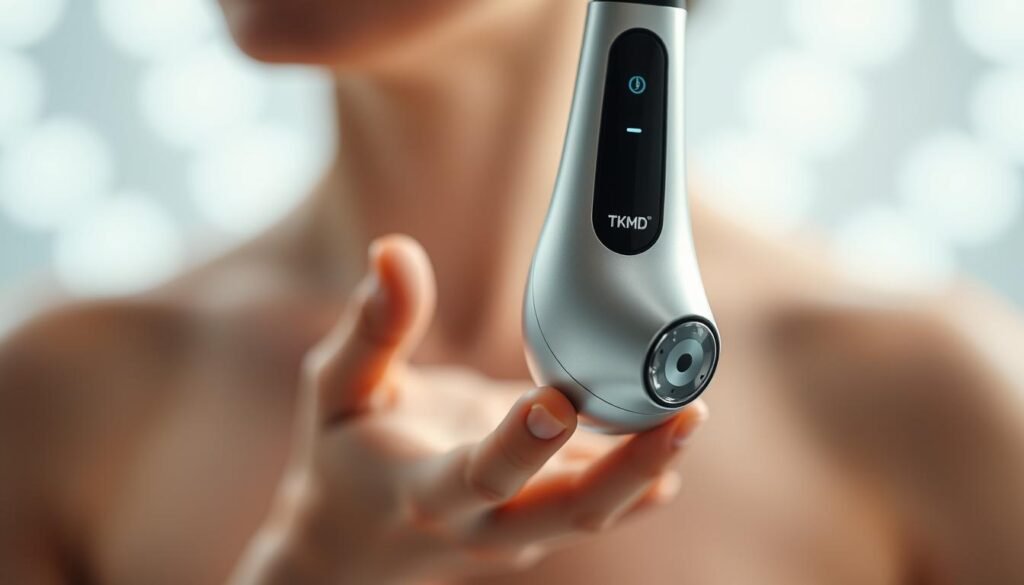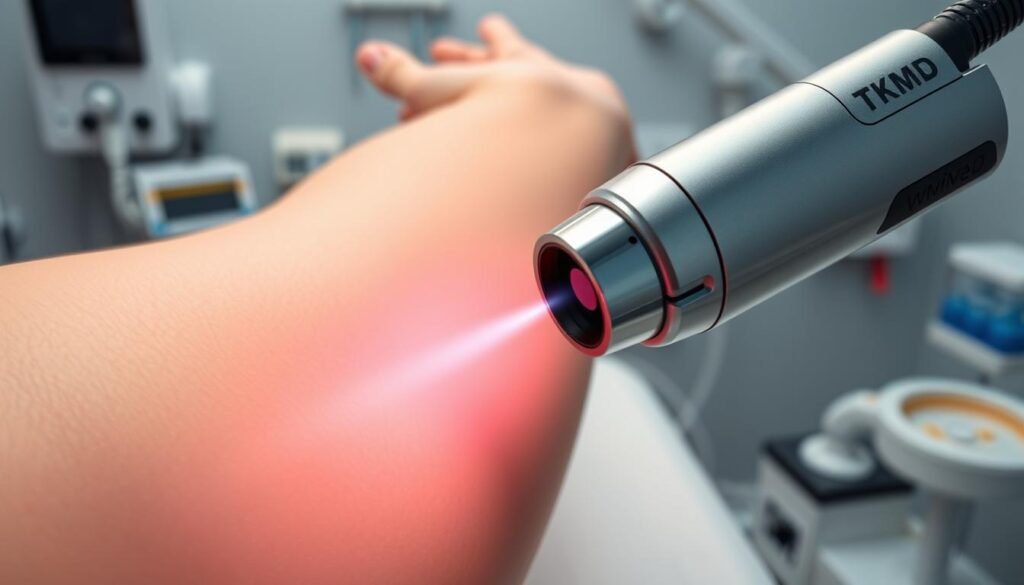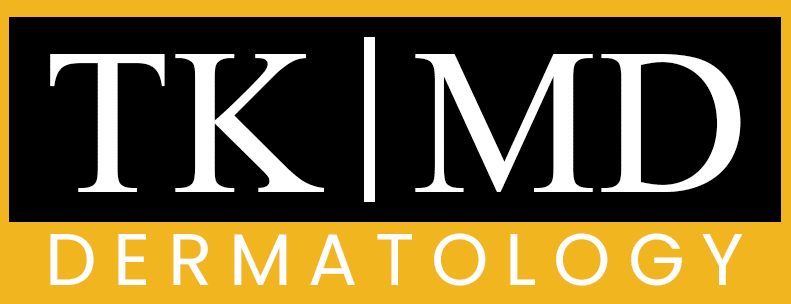Unwanted hair can be a persistent problem, affecting people of all skin types and hair colors. Laser hair removal has become a popular solution, offering a long-term reduction in unwanted hair. However, with various technologies available, choosing the right laser treatment can be daunting.
The effectiveness of laser hair removal depends on several factors, including skin tone, hair color, and treatment area. To achieve optimal results, it’s crucial to select the most suitable laser technology. The most common types include Alexandrite, Diode, Nd:YAG, and Ruby lasers, as well as IPL technology.
Understanding the differences between these technologies is key to making an informed decision. By the end of this guide, you’ll be equipped to choose the best laser hair removal option for your unique skin and hair characteristics.
Key Takeaways
- Different laser technologies are suited for various skin types and hair colors.
- The effectiveness of laser hair removal depends on factors like skin tone and treatment area.
- Understanding the science behind laser hair removal is crucial for optimal results.
- Consulting a professional is essential to determine the best laser treatment for your needs.
- Laser hair removal can provide long-term reduction in unwanted hair.
Understanding Laser Hair Removal Technology
The science behind laser hair removal is rooted in the technology’s ability to target and destroy hair follicles, providing a long-term solution to unwanted hair. A laser precisely emits a light beam to destroy hair follicles that are actively producing hairs.
How Laser Hair Removal Works
Laser hair removal works by emitting a light beam that is absorbed by the melanin in the hair, converting the light energy into heat, which damages the hair follicle. This process prevents future hair growth without damaging the surrounding skin. The length of the laser beam, measured in nanometers (nm), varies between machines, and it’s crucial for the beam to be absorbed into the hair’s melanin for effectiveness.
Key Factors That Determine Effectiveness
Several factors determine the effectiveness of laser hair removal, including hair color, skin tone, hair thickness, and the specific laser wavelengths used. For instance, lasers are most effective on hairs with brown and black melanin, making them less suitable for very light or red hairs. Additionally, technical aspects like pulse width, spot size, and fluence play a significant role in treatment success. Understanding these factors is crucial for achieving optimal results.
Types of Laser Hair Removal Technologies
The quest for smooth, hair-free skin has led to the development of multiple laser hair removal technologies, each with its unique characteristics and benefits. Understanding these technologies is crucial for determining the most effective treatment for individual skin and hair types.
Alexandrite Laser
The Alexandrite laser, operating at a 755 nm wavelength, is considered the gold standard for lighter skin types due to its effectiveness and comfort level. It has a shorter wavelength, resulting in less penetration but also less pain, making it ideal for treating larger areas.
Key Benefits: Effective for lighter skin tones, less painful, suitable for larger areas.
Diode Laser
The Diode laser, with an 810 nm wavelength, is versatile and suitable for a wide range of skin types. It’s particularly effective for coarse hair on medium to darker skin tones, offering a balance between efficacy and safety.
Versatility is a key advantage of the Diode laser, as it can be adjusted to accommodate different skin and hair characteristics.
Nd:YAG Laser
The Nd:YAG laser, operating at 1064 nm, is the safest option for darker skin tones. Its longer wavelength bypasses melanin in the skin, targeting hair follicles without damaging surrounding tissue.
Safety for Darker Skin Tones: The Nd:YAG laser’s ability to safely treat darker skin makes it a preferred choice for individuals with higher melanin levels.
Ruby Laser
The Ruby laser, one of the original hair removal laser technologies, has largely been replaced by more advanced systems. However, it still finds use in specific cases, particularly for individuals with very light skin and dark hair.
IPL (Intense Pulsed Light)
IPL, while not technically a laser, offers highly customizable treatment options. It can be adjusted for individual skin and hair characteristics, making it a versatile choice for hair removal.
Customizability: IPL’s ability to be tailored to individual needs makes it a popular choice for those seeking personalized hair removal treatments.

| Laser Type | Wavelength (nm) | Skin Type Suitability | Effectiveness |
|---|---|---|---|
| Alexandrite | 755 | Lighter skin types | High |
| Diode | 810 | Wide range of skin types | High |
| Nd:YAG | 1064 | Darker skin tones | High |
| Ruby | 694 | Very light skin | Moderate |
| IPL | Variable | Various skin types | Variable |
What Type of Laser Hair Removal is Best for Different Skin and Hair Types
The effectiveness of laser hair removal is highly dependent on selecting the appropriate laser type for your specific skin tone and hair characteristics. Different lasers are suited for different combinations of skin and hair, making it crucial to understand which technology is best for your individual needs.
Best Options for Light Skin with Dark Hair
For individuals with light skin and dark hair, the ideal combination for laser hair removal, Alexandrite and Diode lasers typically provide the best results. These lasers offer high effectiveness rates and are generally well-tolerated. Treatment typically requires multiple sessions, spaced several weeks apart, to target hair follicles in different growth phases.
Best Options for Darker Skin Tones
People with darker skin tones can safely undergo laser hair removal using Nd:YAG lasers or Diode lasers. The Nd:YAG laser, with its longer wavelength, bypasses melanin in the skin, reducing the risk of complications while effectively targeting hair follicles.

Solutions for Light or Fine Hair
Treating light or fine hair can be challenging due to the lower contrast between hair and skin. Diode lasers, particularly those with specialized settings, may offer better results. However, expectations should be tempered, as results may vary.
Considerations for Sensitive Areas
For sensitive areas like the face, bikini line, and underarms, choosing a laser type that offers comfort while delivering effective results is key. Diode lasers and Alexandrite lasers are often used, with additional comfort measures available, such as cooling devices or topical anesthetics.
| Skin/Hair Type | Recommended Laser | Effectiveness |
|---|---|---|
| Light Skin, Dark Hair | Alexandrite, Diode | High |
| Darker Skin Tones | Nd:YAG, Diode | Moderate to High |
| Light or Fine Hair | Diode (specialized settings) | Variable |
Common Treatment Areas and Recommended Laser Types
The effectiveness of laser hair removal depends significantly on choosing the right laser type for the specific treatment area. Different body parts have unique characteristics that require tailored approaches for optimal results.
Face and Neck
For facial and neck treatments, precision is crucial due to the sensitive nature and visibility of these areas. The Alexandrite laser is often recommended for individuals with lighter skin tones, while the Nd:YAG laser is preferred for those with darker skin tones, as it provides a safer and more effective treatment option.
Underarms and Bikini Area
The underarm and bikini areas present unique challenges due to hair thickness and skin sensitivity. Diode lasers are commonly used for these areas because they offer a good balance between effectiveness and comfort. They can target coarse hair while minimizing the risk of skin irritation.
Legs and Arms
For larger treatment areas like legs and arms, laser systems with larger spot sizes are preferred. These systems can treat extensive areas more quickly, making the treatment process more efficient. Both Alexandrite and Diode lasers are suitable, depending on the individual’s skin and hair type.
Back and Chest
Back and chest treatments often involve coarser hair and larger surface areas. High-powered laser options, such as Nd:YAG lasers, are typically recommended for these regions. They can effectively target thick hair and cover large areas, though multiple sessions may be necessary to achieve desired results.

Understanding the most appropriate laser hair removal technology for each treatment area is key to achieving successful outcomes. By choosing the right laser type, individuals can enjoy smoother, hair-free skin with minimal discomfort and side effects.
Conclusion: Making Your Final Decision
With various laser hair removal technologies available, understanding the differences is key to achieving desired results. The type of laser used significantly influences the treatment’s effectiveness and your risk of experiencing side effects.
When choosing a laser hair removal provider, consider their access to multiple laser technologies, such as cosmetic enhancements, and their experience with your skin and hair type. Ask about the specific laser technologies used, their experience, and realistic expectations for results.
Key Considerations: Skin tone, hair color, treatment area, and the provider’s expertise. A qualified provider will help minimize risks and enhance results.
Post-treatment care is also crucial. Proper aftercare can significantly reduce side effects and improve the effectiveness of your laser hair removal treatments. By understanding your options and choosing a qualified provider, you can achieve the best possible outcome for your laser hair removal.


